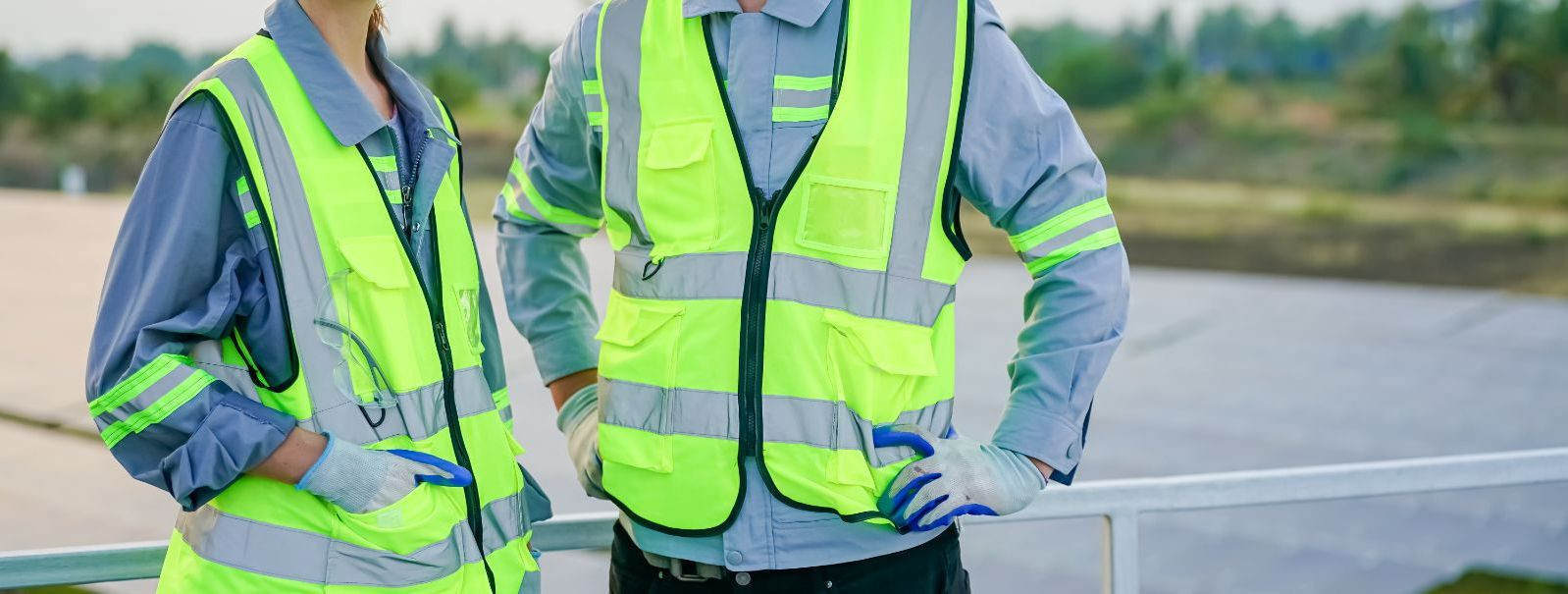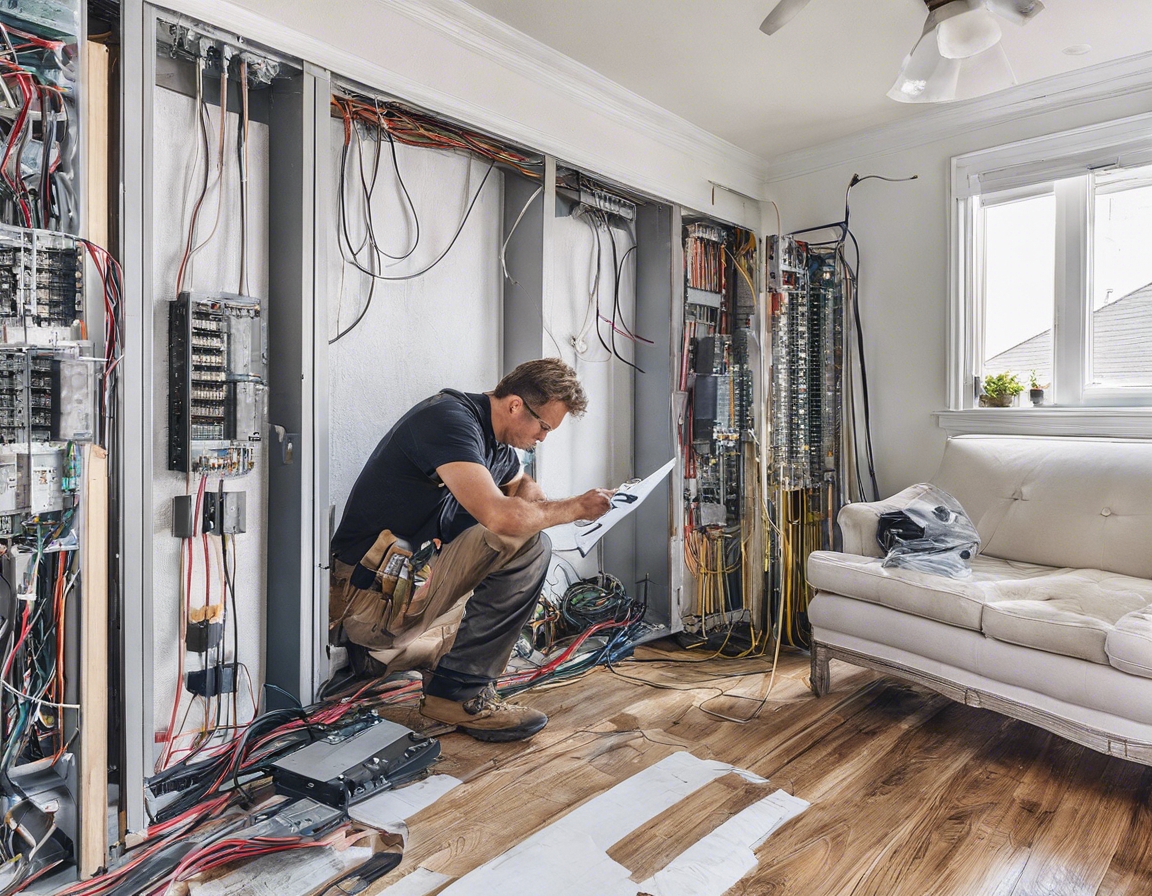Understanding warranty works in new developments
A warranty in the context of new developments is a promise or guarantee provided by the builder or manufacturer, ensuring that the construction or components of the building meet certain standards of quality and reliability over a specified period. It is a critical element in construction that provides peace of mind to both developers and end-users.
Warranties are essential in new developments as they protect the investment of the buyer and ensure that the property is free from defects. They also serve as a reflection of the builder's confidence in their workmanship and the materials used.
Types of Warranties in Construction
This type of warranty covers the workmanship and materials of a new construction for a specified period. It typically includes the building’s structure, electrical, plumbing, and HVAC systems.
Manufacturer’s warranties apply to individual components within the building, such as appliances, roofing materials, or windows, and are provided by the manufacturers of those components.
A structural warranty covers significant structural defects that may occur within a defined period, usually 10 years or more, after the construction is completed.
Scope of Warranty Works
The duration of coverage varies by warranty type, with most builder’s warranties lasting for one to two years and structural warranties extending up to 10 years or more. Limitations are often outlined in the warranty document and can include exclusions for normal wear and tear or damage due to natural disasters.
Warranties typically cover defects in workmanship, materials, and structural integrity. Some warranties may also include protection against water intrusion and electrical and plumbing issues.
Items not covered by warranty can include minor cosmetic issues, normal wear and tear, and damage caused by misuse or lack of maintenance by the owner.
Warranty Claims and Resolution
To file a claim, the owner must typically notify the builder or manufacturer in writing within the warranty period, detailing the defects. The builder or manufacturer then assesses the claim and determines the appropriate course of action.
In cases where there is a disagreement over warranty coverage, dispute resolution may be necessary. This can involve mediation, arbitration, or legal action, depending on the terms of the warranty.
Maintenance and Warranty
Regular maintenance is crucial to ensure the validity of a warranty. Failure to maintain the property as recommended can result in the warranty being voided.
Some warranties are transferable to new owners, which can be a selling point for properties. It is important to understand the terms of transferability when purchasing a property with an existing warranty.
Best Practices for Developers
Developers should carefully consider the types of warranties they offer, taking into account the nature of the construction and the expectations of their clients.
Clear communication about what is covered by the warranty and for how long is essential. Providing detailed documentation and explaining the claims process can help avoid misunderstandings later on.






Comments (0)